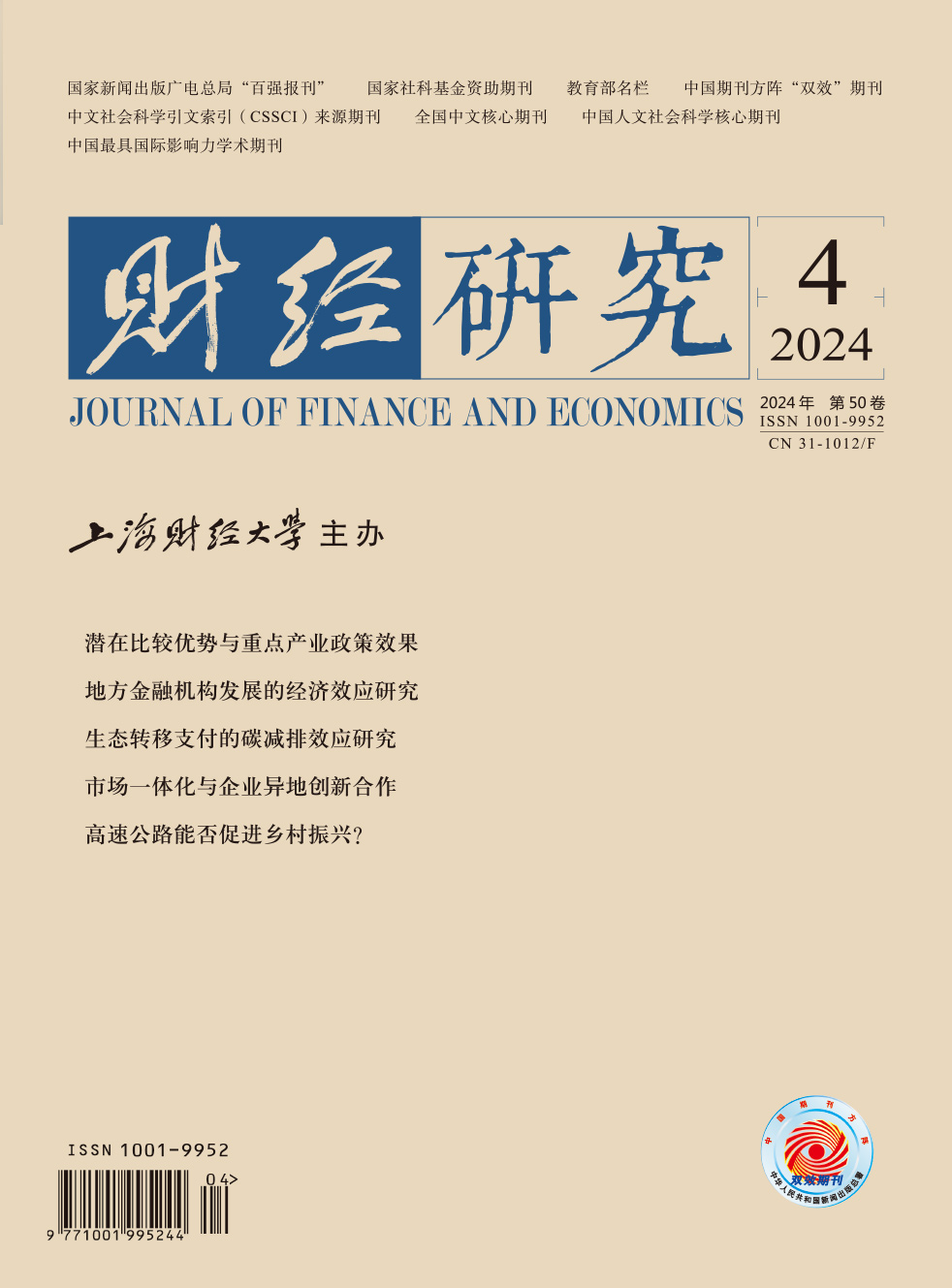As a typical capital flow pattern, cross-regional investment can help enterprises and local economies achieve sustainable growth. However, market segmentation and trade barriers have become barriers to the free flow of capital. The negative list system for market access promotes the adequacy and fairness of market access, breaks down trade barriers, and has an impact on the cross-regional flow of capital.
The conclusion of this paper is that the negative list system for market access promotes the cross-regional investment by enterprises. Mechanism testing shows that the negative list system for market access improves the level of cross-regional investment by providing more investment opportunities, reducing the degree of regional information asymmetry, and promoting local market competition. Furthermore, the positive relationship between the negative list system for market access and cross-regional investment by enterprises is more significant when the transaction cost is high and the degree of government intervention is high. In addition, the negative list system is also conducive to local economic growth by promoting cross-regional investment, improving corporate innovation capabilities, and reducing inefficient investment levels.
The contributions of this paper are as follows: First, it provides new reference and empirical evidence for the implementation effect of the negative list system for market access, and enriches the influencing factors of cross-regional investment by enterprises. Second, it provides a new perspective for the research on cross-regional investment by enterprises, which is conducive to creating a fairer market environment and promoting market integration. Third, it concludes that the negative list system for market access can promote the cross-regional flow of capital by providing more investment opportunities, improving local market transparency, and promoting a competitive neutral market environment. In addition, the negative list system provides new research directions for improving corporate innovation capabilities, reducing inefficient investment levels, and promoting local economic growth.





 3785
3785  5980
5980

